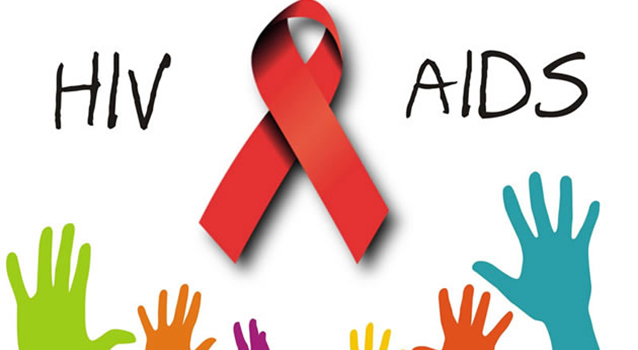‘All In’ to end HIV, AIDS epidemic among adolescents

 Correspondents
Correspondents
While major advances have been made in almost every area in response to HIV, progress for adolescents is falling behind, say leaders in the global response to end the AIDS epidemic.
AIDS has become the leading cause of death for adolescents in Africa and the second leading cause of death among adolescents globally.
Just one in four children and adolescents under the age of 15 have access to life-saving anti-retroviral treatment.
Deaths are declining in all age groups, except among 10–19-year-olds.
New HIV infections among adolescents are not declining as quickly as among other age groups. Adolescent girls, particularly in sub-Saharan Africa, are most affected.
In 2013, Zimbabwean adolescents totalling 110 000 were living with HIV while in South Africa, more than 860 girls became infected with HIV every week, compared to 170 boys.
To address this inequity, UNAIDS, UNICEF and partners have launched All In, a new platform for action to drive better results for adolescents by encouraging strategic changes in policy and engaging more young people in the effort.
All In focuses on four key action areas: engaging, mobilising and empowering adolescents as leaders and actors of social change; improving data collection to better inform programming; encouraging innovative approaches to reach adolescents with essential HIV services adapted to their needs; and placing adolescent HIV firmly on political agendas to spur concrete action and mobilise resources.
“HIV is the leading cause of death among adolescents in Africa and young women are most affected. This is a moral injustice. I am calling on young people to lead the All In movement, alongside the United Nations, public and private partners, and countries themselves, to end the adolescent AIDS epidemic,” said Michel Sidibé, Executive Director of UNAIDS.
Most of the 2.1 million adolescents living with HIV in 2013 became infected at least 10 years ago when their mothers were pregnant, during delivery or in the first months of life — at a time when antiretroviral medicines that can greatly reduce the possibility of HIV transmission were not available. Many were never diagnosed, lost to follow-up or fell out of treatment and care programmes.
“Children and young people should be the first to benefit from the progress we have made in ending the epidemic, not the last,” said UNICEF Executive Director Anthony Lake. “We need to reach the adolescents we are missing and engage all young people in the effort to end adolescent AIDS. In fact, we cannot achieve the goal of an AIDS-free generation without them.”
Since the HIV status of many children went undiagnosed 10 to 15 years ago, they are now entering adolescence unaware that they are living with the virus, with limited opportunities for HIV detection and referral to treatment programmes.
The All In platform for action aims to increase the meaningful participation of adolescents in decision-making processes and strengthen youth-led social movements. The campaign will also identify opportunities to link adolescent HIV strategies into existing adolescent health and development programmes. In addition, All In will engage national leaders to coordinate, support and lead assessments of existing programmes and expand partnerships for innovation between the public and private sectors.
“We need to meet adolescents where they are and address the challenges they face,” said Babatunde Osotimehin, Executive Director of UNFPA, the United Nations Population Fund. “UNFPA is All In to protect their human rights and sexual and reproductive health, and prevent and treat HIV.”
All In will aim to reach adolescents with HIV services designed for their specific needs and realities and to fast-track progress among an age group critical to advancing global efforts to end the AIDS epidemic by 2030.
The next five years are crucial. UNAIDS has set new Fast-Track Targets to be achieved by 2020 for adolescents that include reducing new HIV infections by at least 75 per cent, reducing AIDS-related deaths by 65 per cent and achieving zero discrimination. Achieving the targets would put the world on track towards ending adolescent AIDS by 2030 and ending the global AIDS epidemic as a public health threat.
All In to #EndAdolescentAIDS is a platform for action and collaboration to inspire a social movement to drive better results for adolescents through critical changes in programmes and policy. It aims to unite actors across sectors to accelerate reductions in AIDS-related deaths and new HIV infections among adolescents by 2020, towards ending the AIDS epidemic for all by 2030.










Comments